Drums are the backbone of most music.
They can set the rhythm, drive the energy, and provide the foundation for a track.
As well as being rhythmically essential, drums are a powerhouse of expression, capable of conveying a wide range of emotions and dynamics.
That’s why, as a music producer, knowing how to manipulate your drum sounds can elevate your tracks from good to unforgettable.
It will also enable you to communicate your musical vision more effectively.
In today’s article, we’ll be covering:
- The heartbeat of drum sounds: Bass Drums ✓
- Snare Drums & their unique role ✓
- Highs and lows: toms and cymbals ✓
- The subtle art of hi-hats ✓
- Percussion and audio effects ✓
- Samples and drum kits ✓
- The importance of tempo and groove ✓
- Advanced techniques: pads, loops, and arrangement ✓
- Polishing your drum sounds ✓
By the end of this article, you’ll be able to craft and refine your drum sounds with precision and create dynamic and compelling beats.
Plus, engineer your drum tracks like a professional.
Whether layering intricate rhythms or designing the perfect kick, these insights will enable you to elevate your music production to new heights.
So, let’s dive in…
Table of Contents
The Heartbeat of Drum Sounds: Bass Drums
In the realm of drum sounds, the bass drum holds a place of prominence. It’s the foundational element that sets the tone and rhythm for a track. Let’s dive into understanding and crafting the perfect bass drum sounds.
-
Understanding the Bass Drum
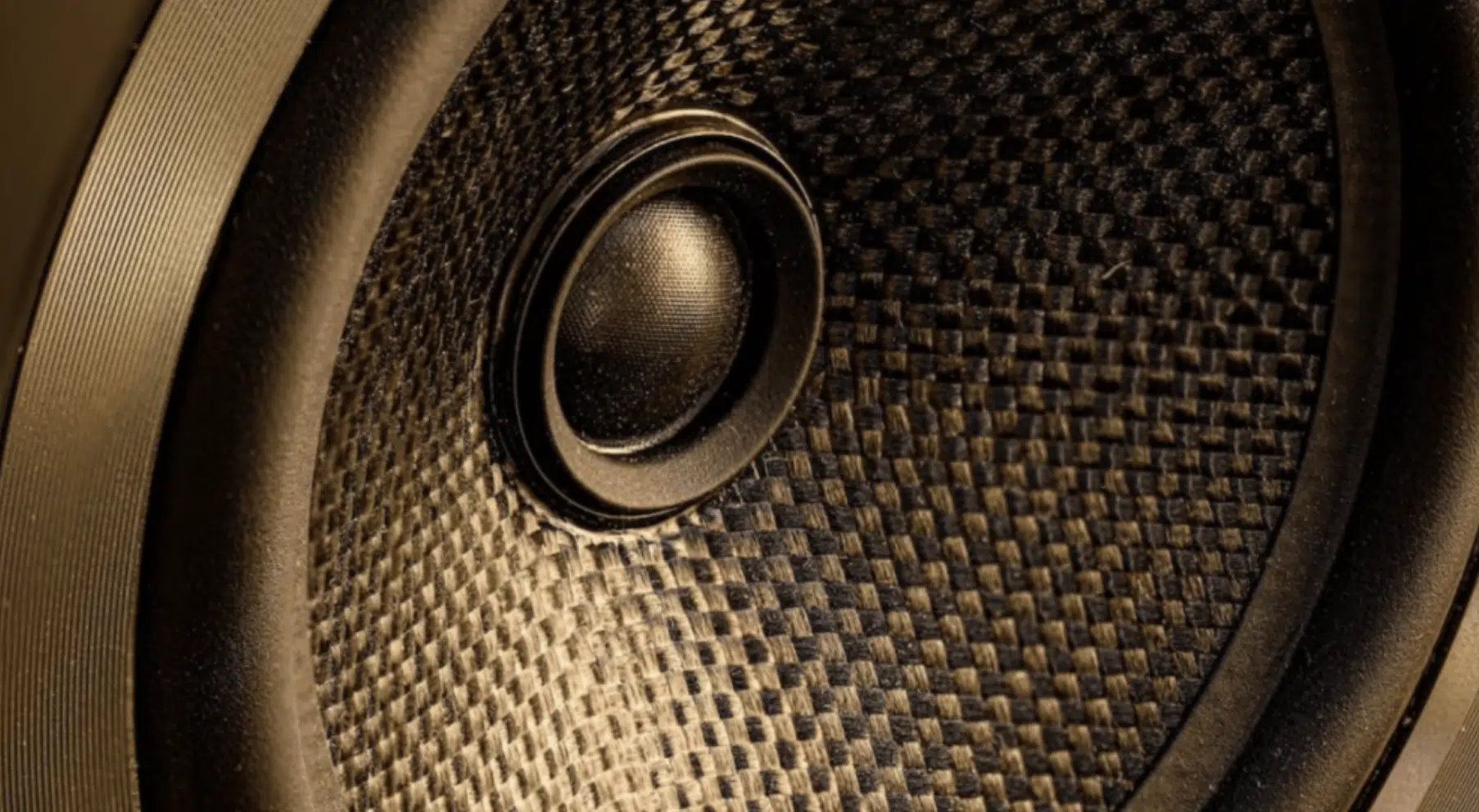
The bass drum, often called the kick, is central to the rhythm section of a track.
Its deep, resonant tone provides the heartbeat of a song, grounding the arrangement in a solid tempo.
When people hear ‘drum sounds,’ the bass drum often comes to mind first due to its pivotal role in setting the musical foundation.
The sound of the bass drum varies greatly depending on the genre (rock, pop, hip-hop, jazz, funk, etc.).
For example, a punchy and tight kick might be preferred in electronic music, while rock or jazz might call for a more acoustic and resonant bass drum sound.
Regardless of the style, the key to a great bass drum sound is its ability to blend with other drum sounds while maintaining its distinct character.
Creating the ideal bass drum sound involves a combination of:
- Sample selection
- Tuning
- Processing
In digital music production, choosing the right samples is crucial.
I often listen to different bass drum samples for hours, selecting ones that provide the right tone and punch for the track.
Once the right sample is chosen, fine-tuning is next.
This involves adjusting EQ to ensure the bass drum cuts through the mix without overpowering other drum sounds.
Compression can also be applied to give the bass drum a consistent level 一 making it stand out in the mix (and not muddy it up).
Remember, as a musician, the goal is to create a bass drum sound that complements the overall arrangement.
The Rhythm Keeper: Snare Drums
The snare drum is as vital as the bass drum in creating compelling drum sounds. It’s often the driving force behind the rhythm, providing a sharp contrast to the bass drum’s low end. Let’s explore the basics and techniques for snare drum sounds.
-
Snare Drum Basics
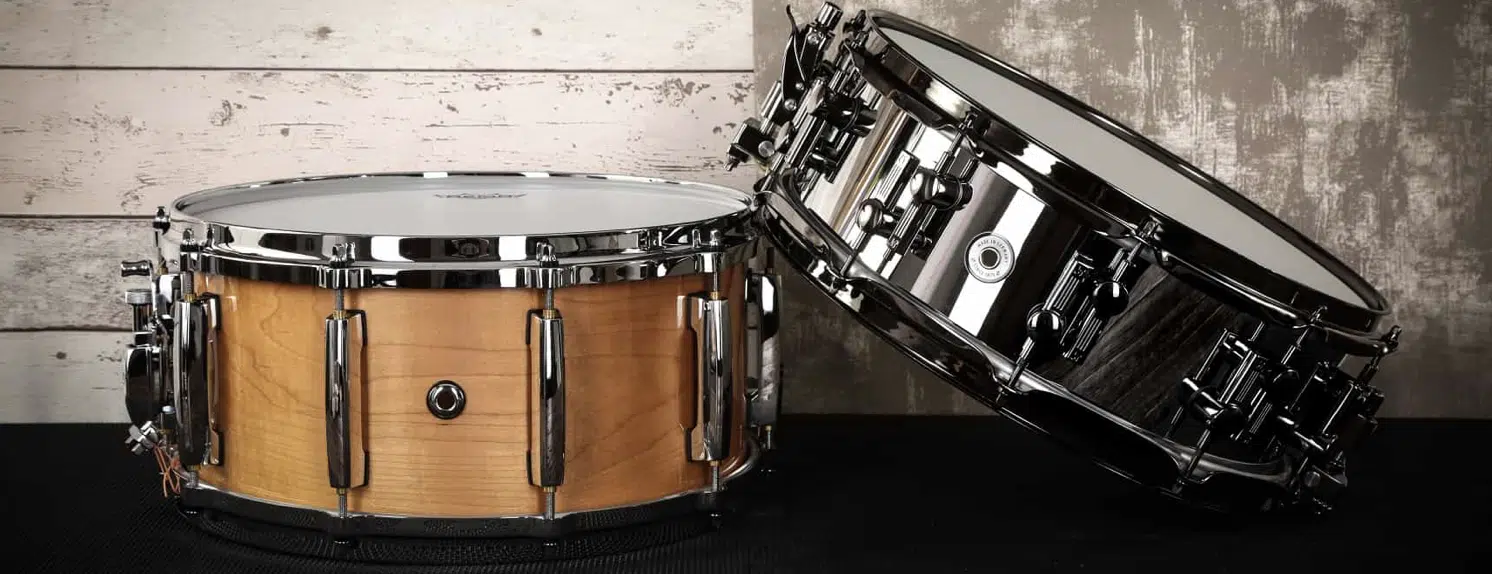
The snare drum adds a crisp, sharp accent to the drum kit.
It’s commonly used to keep time and add rhythmic complexity to drum beats.
The character of a snare drum can vary dramatically 一 from a tight, snappy sound in pop tracks to a loose, ringing tone often heard in rock.
A key aspect of snare drum sound is its “snap,” the sharp sound produced by the snares (wires) against the bottom drum head.
This snap, combined with the drum’s natural tone, creates a complex sound that can be manipulated to suit the track’s and instruments needs.
Manipulating snare drum sounds in a mix involves:
When recording a snare, microphone placement is critical.
A mic placed closer to the center of the drum will capture more of the fundamental tone, while one placed near the rim will pick up more of the snare’s snap when it’s played.
In the digital domain, layering different snare samples can create a unique sound.
Applying EQ and compression strategically can enhance the snare’s presence in the mix.
A slight reverb or delay can add depth and space to the snare sound, ensuring it sits well with other drum sounds.
Highs and Lows: Toms and Cymbals
Toms and cymbals add color and dynamics to drum sounds, ranging from low-end fills to shimmering highs. Understanding how to effectively use these elements can elevate a drum track significantly and make you a better musician. Plus, have people want to listen to your drum beats over and over again.
-
Exploring Toms
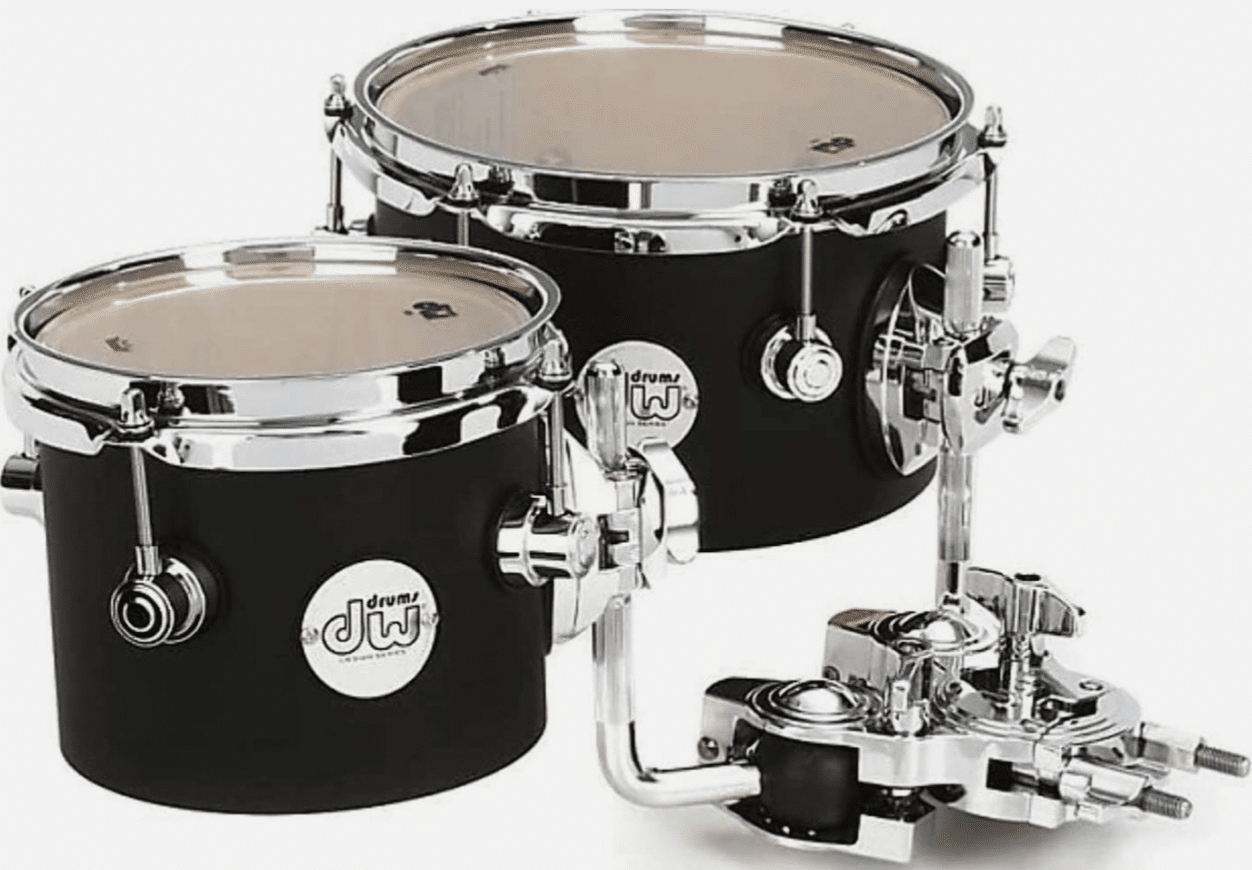
Toms, ranging from high-pitched rack toms to deep floor toms, provide tonal variety in drumming and noise.
They are often used for fills and to add rhythmic variety, playing a crucial role in transition(s) within a track.
The sound of toms can be quite diverse, reflecting the style of the drummer and the music’s genre.
In terms of music production, toms require attention to detail.
NOTE: Tuning and mic placement are critical in capturing their true tone.
In a digital setting, selecting the right tom samples and applying EQ can enhance their impact 一 ensuring they complement the kick and snare pair without overpowering them.
-
Cymbals: More Than Just a Crash
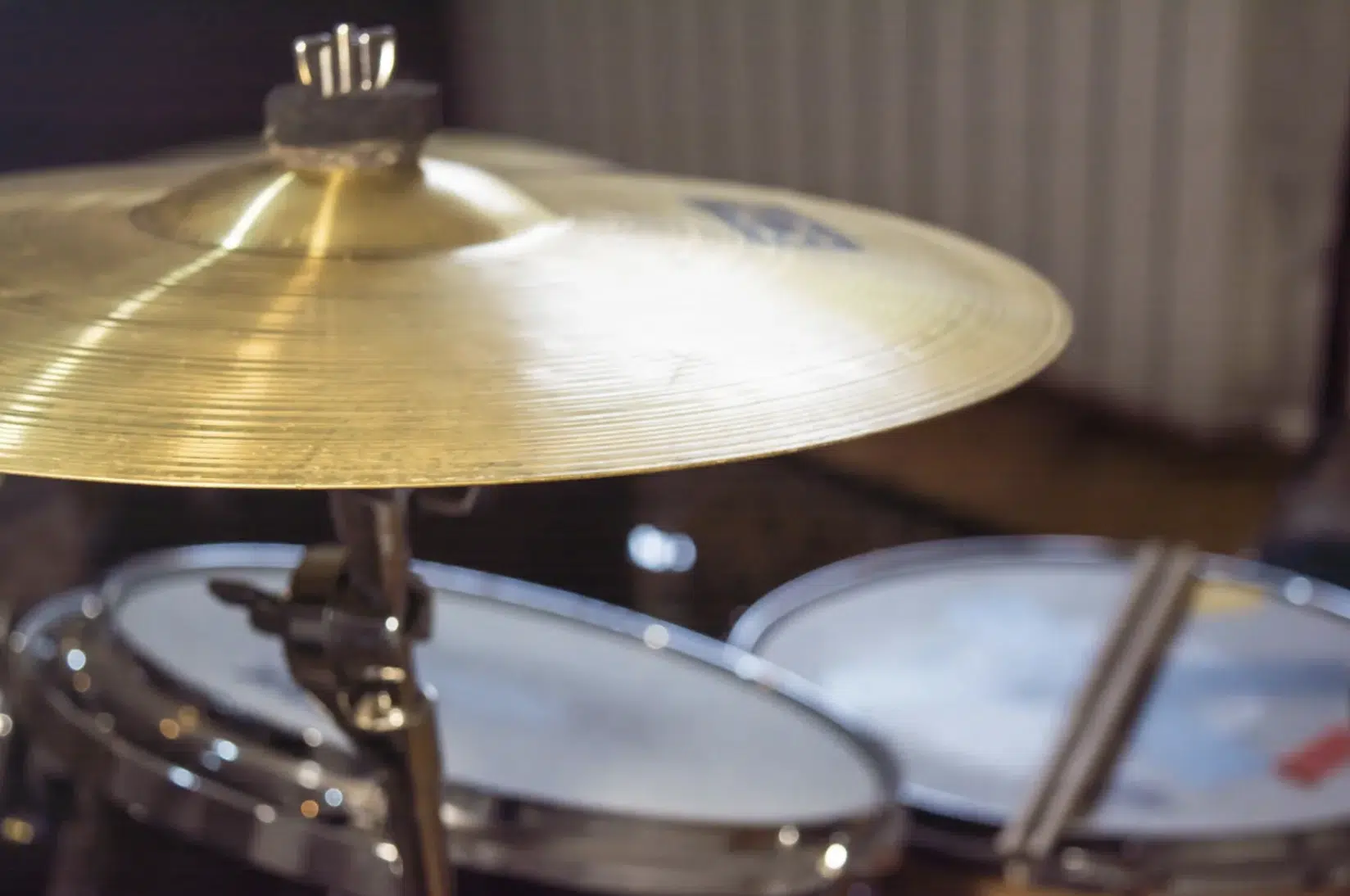
Cymbals, ranging from hi-hats to rides and crashes, add high-frequency content and dynamics to drum sounds.
Each cymbal instrument type brings a unique texture to the mix:
- Hi-hats for rhythm
- Rides for a steady wash of sound
- Crashes for an impactful accent
As a musician mixing cymbals, it’s essential to notice and balance their presence with the rest of the drum kit.
This often involves careful EQ adjustments to ensure the cymbals add brightness without becoming harsh to death.
Compression can also be applied, especially on ride cymbals, to control their dynamic range and integrate them smoothly with other drum sounds.
The Subtle Art of Hi-Hats
Hi-hats play a critical role in shaping the rhythm and feel of a track. Let’s delve into the techniques and examples for closed and open hi-hat sounds, which can dramatically alter the vibe of a drum pattern.
-
Closed Hi-Hat Techniques

Closed hi-hats offer a crisp, controlled sound, often used to drive the rhythm forward.
- In electronic music 一 A tight, closed hi-hat can provide a rapid-fire pace.
- In rock or jazz 一 It might be used more sparingly for subtle rhythmic accents.
When working with a closed hihat, varying velocities and subtle swing can create a more organic, lively feel that people love to hear.
In terms of mixing, EQ can sharpen the hi-hat’s sound, and panning can help it sit well in the stereo field.
This makes sure it complements other drum sounds without overpowering them.
If you’d like to learn all about hi-hats and how to creatively incorporate them in your tracks, we’ve got you covered.
-
Open Hi-Hat: A World of Difference
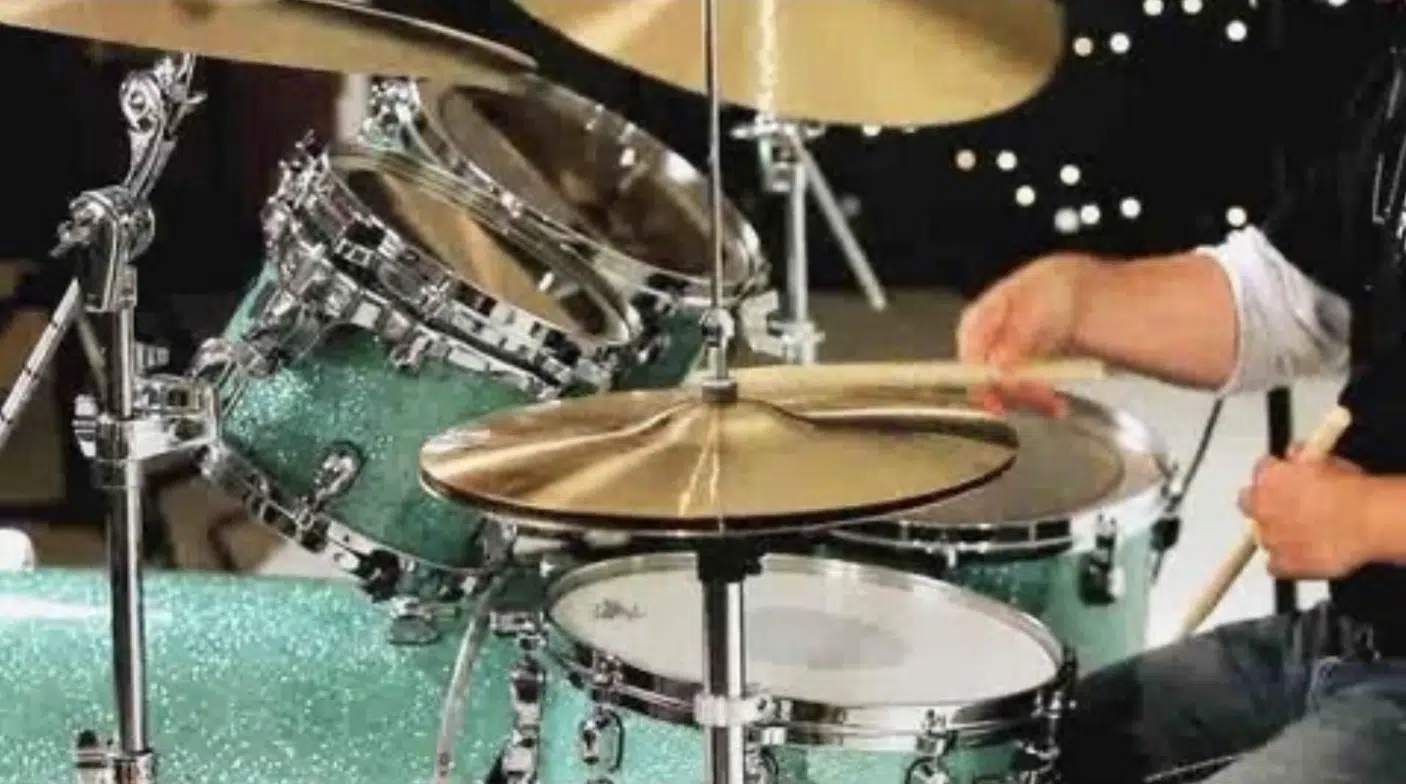
Open hi-hats bring a sense of openness and sustain to drum patterns.
They are often used to accentuate certain beats or to create a sense of release in a rhythm 一 making people listen with intrigue.
The contrast between closed and open hi-hat sounds can add significant dynamic interest to a track.
As a musician, the key to effectively using open hi-hats is to balance their sustain and volume in the mix.
This might involve automating the level of open hi-hats to ensure they blend well with the rest of the drum sounds.
Subtle reverb can also be applied to add space and depth.
Percussion and Effects: Beyond the Basics
Percussion elements and audio effects like reverb and EQ play a significant role in defining the character and depth of drum sounds. They can transform a basic beat into a rich, textured rhythm.
-
Layering Percussion Sounds
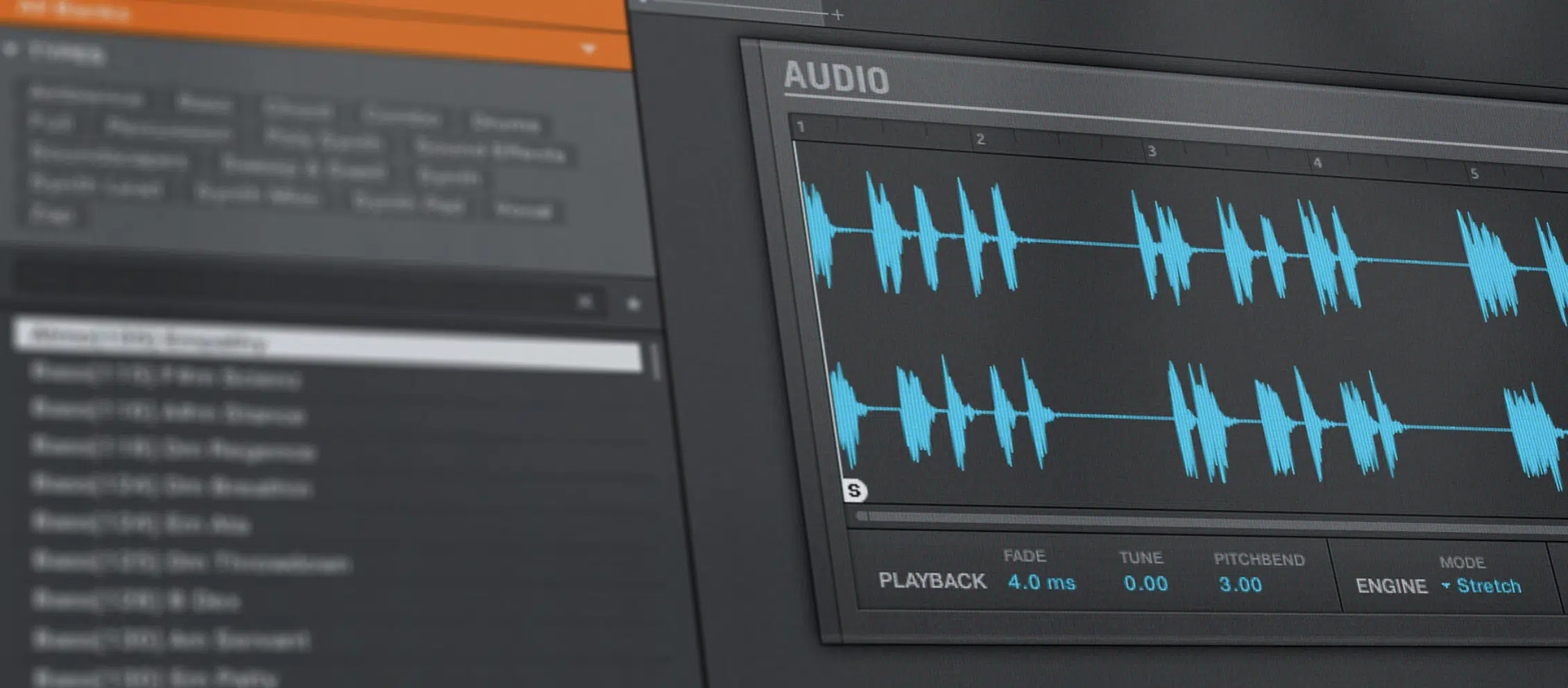
Layering various percussion sounds can add complexity and interest to a drum pattern.
This includes elements like:
- Shakers
- Tambourines
- Congas
These sounds can fill the gaps between the main drum hits 一 creating a fuller and more engaging rhythm.
When layering a percussion instrument, it’s crucial to consider each element’s frequency range and rhythmic pattern.
They should complement, not compete with, the main drum sounds.
Panning and volume adjustments can help each percussion sound find its place in the mix and enhance your skills as a musician/drummer.
-
Using Effects: Reverb, EQ, and Compression
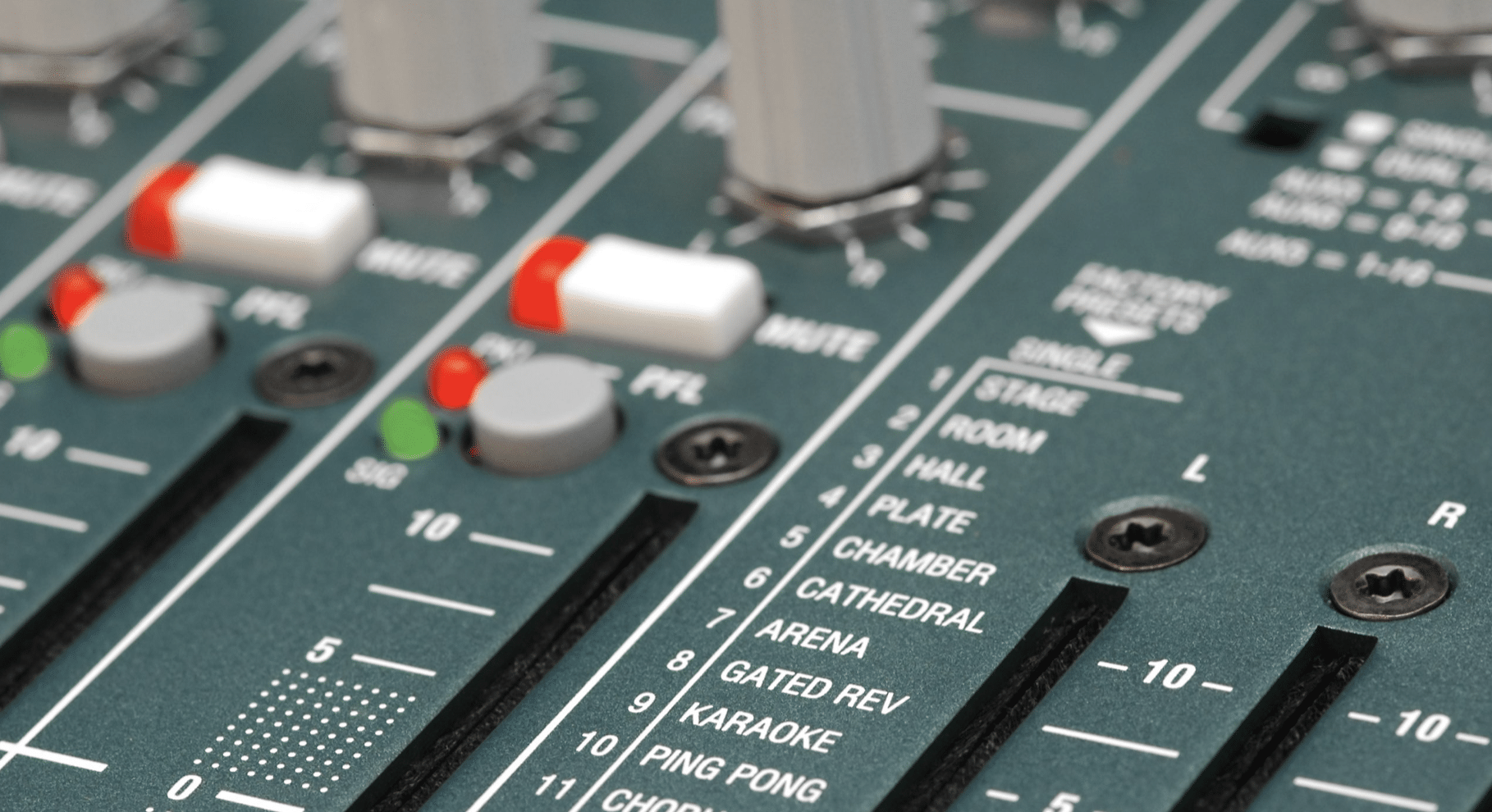
Reverb is a powerful tool for adding depth and space to drum sounds, making your drums sound more natural and ‘live’ (like a drummer).
Or, reverb can be used creatively to generate unique, ambient textures.
EQ is essential in shaping the tone of each drum sound.
It can be used to highlight the key frequencies of a drum 一 ensuring it cuts through the mix while maintaining balance with other elements.
Compression is another critical effect, especially for unifying the drum sounds and ensuring a consistent level throughout the track.
Compression can be applied to individual drums or the drum bus as a whole, depending on the desired outcome and the technology you’re using.
Samples and Kits: Choosing Your Arsenal
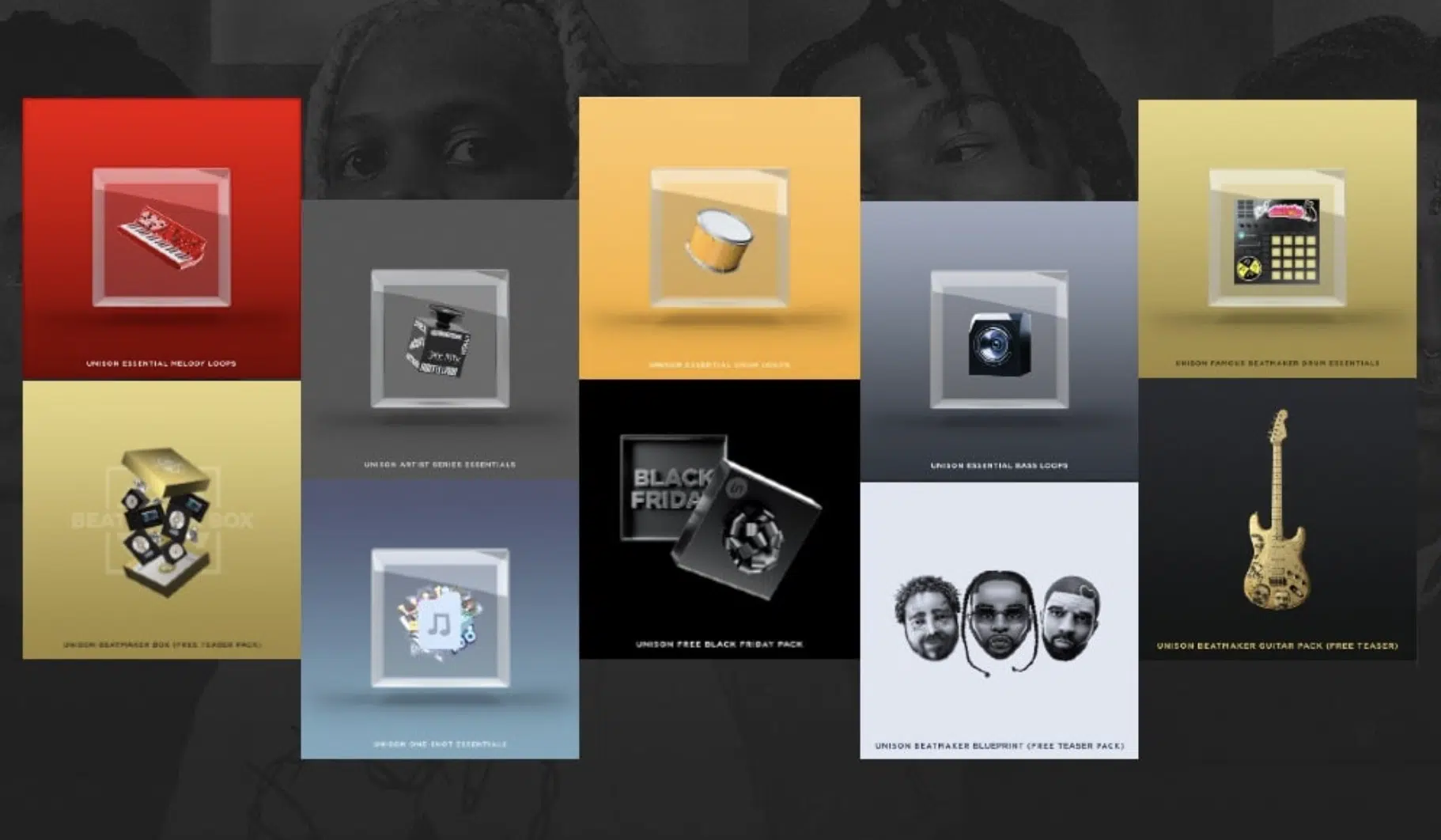
Selecting the right samples and building your custom drum kit are foundational to creating compelling drum sounds.
They set the stage for the entire production process.
The choice of drum samples and drum kits can make or break a track.
It’s not just about having more samples than the next producer but also how well they fit the style and mood of the music.
Spending time listening to and selecting samples is a critical step when you’re creating drum beats and is a sign of your professionalism.
Each drum sound played, from kicks to snares and hi-hats, should be chosen carefully.
Consider how individual samples complement the others, creating a cohesive and harmonious drum kit.
Once the ideal samples are selected, the next step is to assemble them into a custom drum kit for you to get creative with.
In order to customize your drum kit, it involves:
- Tuning each sample to fit the track’s key
- Adjusting their relative levels to ensure a balanced mix
The arrangement of the drum kit should reflect the track’s rhythmic structure and your creative vision and intended outcome.
This might involve experimenting with unconventional sample choices or layering multiple samples to create a unique drum sound.
Tempo and Groove: Setting the Pace
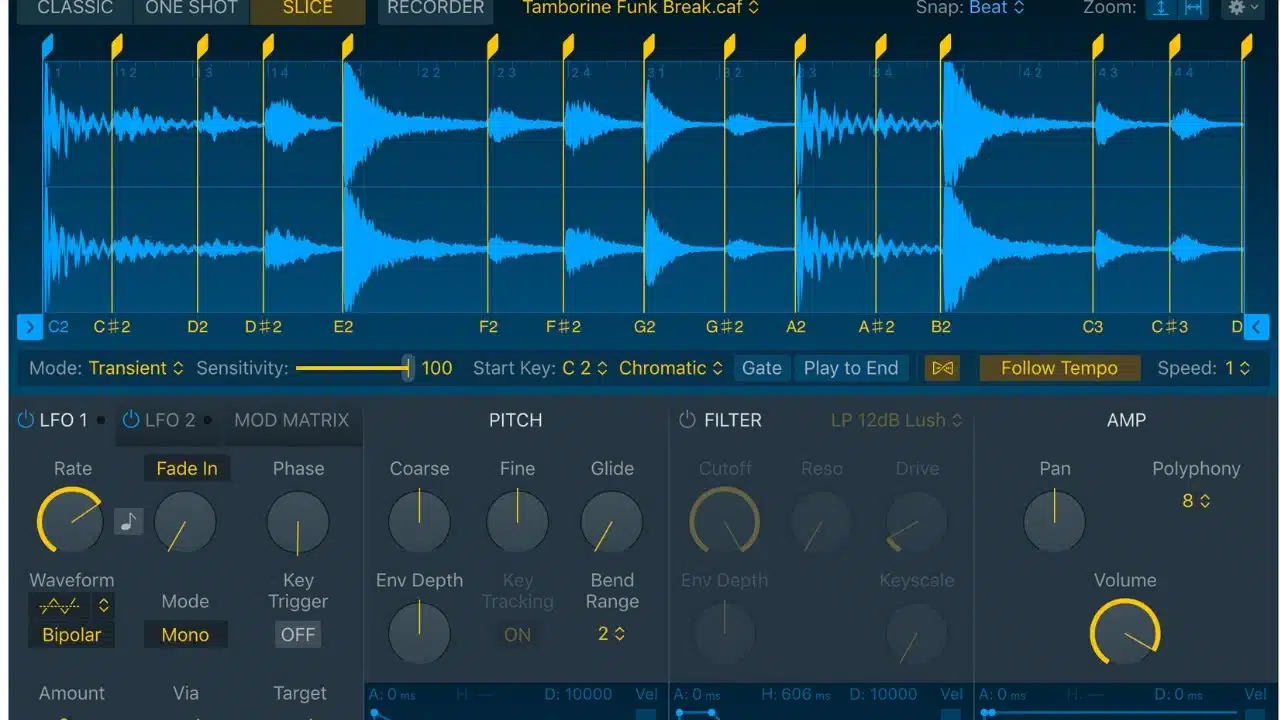
Tempo and groove are integral to the feel and flow of a track.
They dictate how the drum sounds interact and how they drive the overall rhythm of the music.
Tempo sets the track’s speed and heavily influences the energy and mood.
- A faster tempo 一 Generally conveys a sense of urgency and excitement.
- A slower tempo 一 Can evoke a more relaxed and laid-back feel.
The choice of tempo is crucial in determining how the drum sounds will interact in passing and create the desired groove.
In digital production, tempo also dictates the spacing of drum hits and how they align with other musical elements.
It’s essential to consider how tempo changes, even subtle ones, can impact the overall feel of a track and the effectiveness of the drum sounds.
Groove is what gives life to a drum pattern.
It’s the subtle timing and velocity variations that make a beat feel human and alive.
A good groove can make drum sounds more engaging and help them connect better with the listener so they stay engaged and excited.
Crafting a compelling groove involves playing with timing and dynamics.
It’s about finding the right balance between predictability and variation 一 ensuring the drum sounds are consistent and dynamic.
This might involve slight shifts in the timing of snare hits or varying the intensity of kick drum hits to create a more natural, organic feel.
Drum Sounds: Final Thoughts
Mastering drum sounds is a fundamental skill for any music producer.
By understanding the nuances of bass drums, snares, toms, cymbals, and hi-hats, and applying advanced techniques can transform your tracks into professional-level productions.
Remember, the drum sounds you choose and how you manipulate them can significantly impact the overall feel and quality of your music.
To further enhance your journey in drum sound mastery, I highly recommend checking out the legendary Free Hip-Hop Drum Kit.
This resource offers over 50 free drum samples, including loops with matching audio and MIDI stems.
These aren’t just any samples 一 they are polished, and perfectly processed, created by expert beatmakers and sound designers.
Utilizing these high-quality samples can give you a head start in crafting unique and compelling drum patterns for your tracks.
Incorporating tools like the Free Hip-Hop Drum Kit into your production process not only saves time but also provides inspiration and a professional edge.
With these resources at your fingertips, you’re well-equipped to create drum sounds that resonate with your audience and stand out in the music industry.
Until next time…







Leave a Reply
You must belogged in to post a comment.